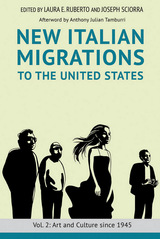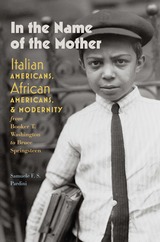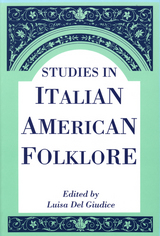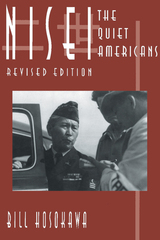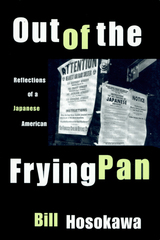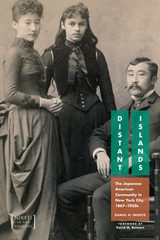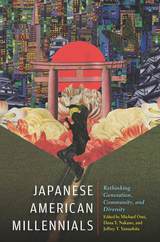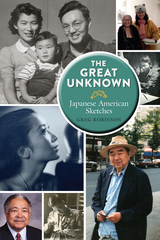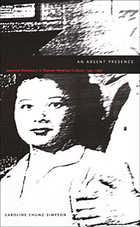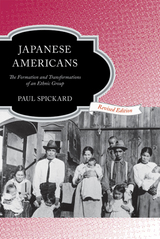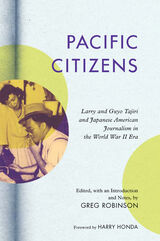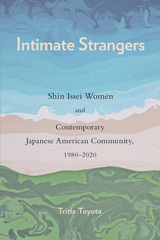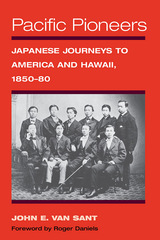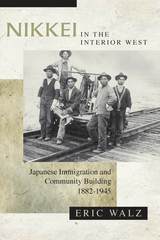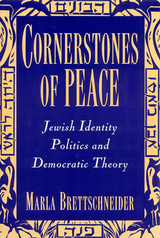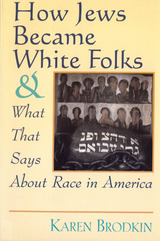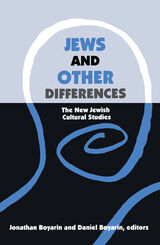Japanese Americans: The Formation and Transformations of an Ethnic Group
Rutgers University Press, 2008
Paper: 978-0-8135-4433-5 | eISBN: 978-0-8135-6891-1
Library of Congress Classification E184.J3S7 2009
Dewey Decimal Classification 973.04956
Paper: 978-0-8135-4433-5 | eISBN: 978-0-8135-6891-1
Library of Congress Classification E184.J3S7 2009
Dewey Decimal Classification 973.04956
ABOUT THIS BOOK | AUTHOR BIOGRAPHY | REVIEWS | TOC
ABOUT THIS BOOK
Since 1855, nearly a half a million Japanese immigrants have settled in the United States, the majority arriving between 1890 and 1924 during the great wave of immigration to Hawai'i and the mainland. Today, more than one million Americans claim Japanese ancestry. They came to study and to work, and found jobs as farm laborers, cannery workers, and railroad workers. Many settled permanently, formed communities, and sent for family members in Japan. While they worked hard, established credit associations and other networks, and repeatedly distinguished themselves as entrepreneurs, they also encountered harsh discrimination. Nowhere was this more evident than on the West coast during World War II, when virtually the entire population of Japanese Americans was forced into internment camps solely on the basis of their ethnicity.
In this concise history, Paul Spickard traces the struggles and achievements of Japanese Americans in claiming their place in American society. He outlines three forces shaping ethnic groups in general: shared interests, shared institutions, and shared culture, and chronicles the Japanese American experience within this framework, showing how these factors created and nurtured solidarity.
See other books on: Asian American & Pacific Islander Studies | Formation | Japanese Americans | Spickard, Paul | Transformations
See other titles from Rutgers University Press

